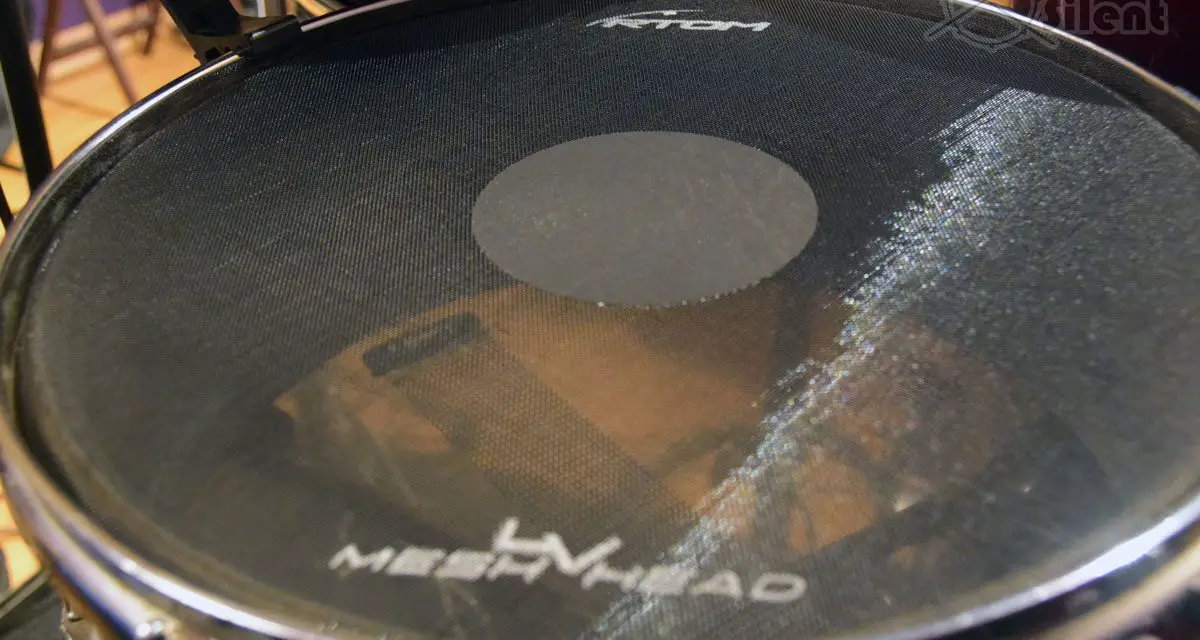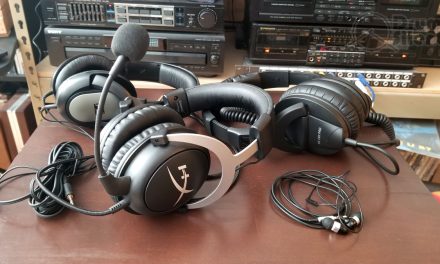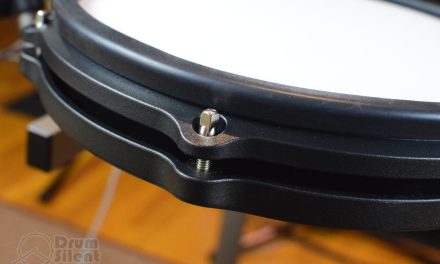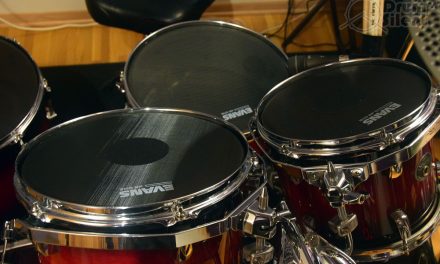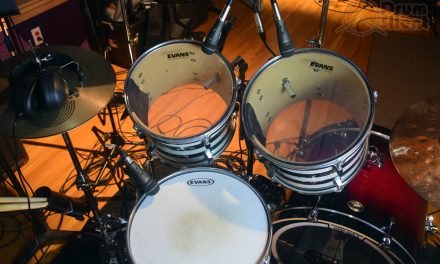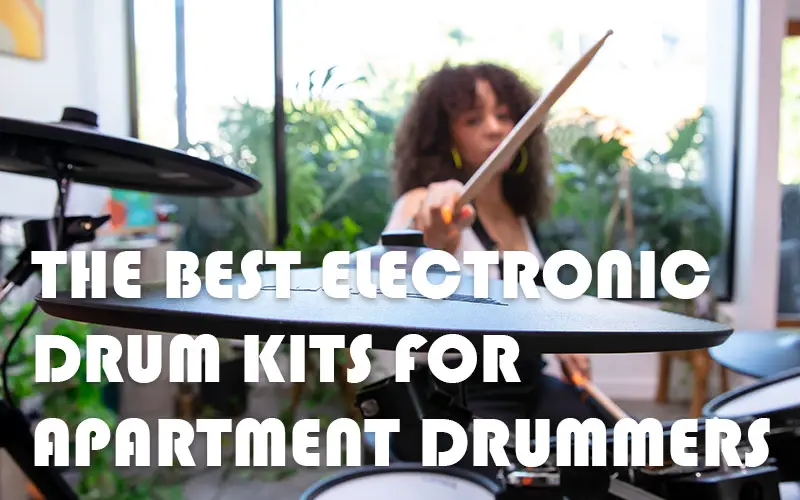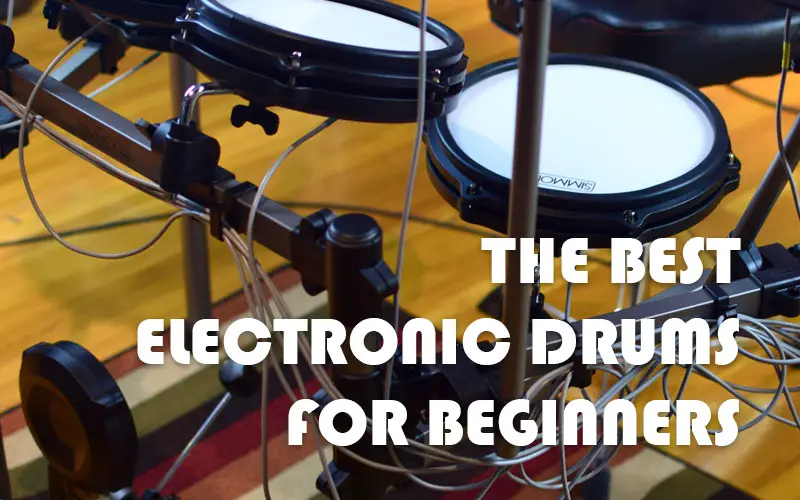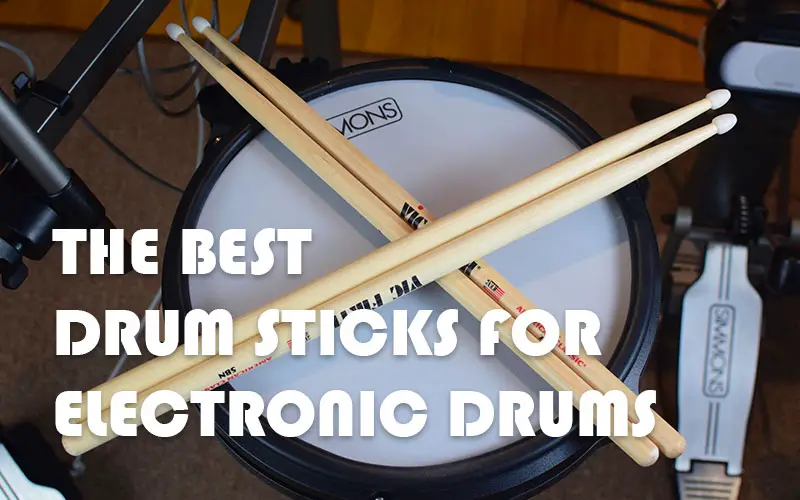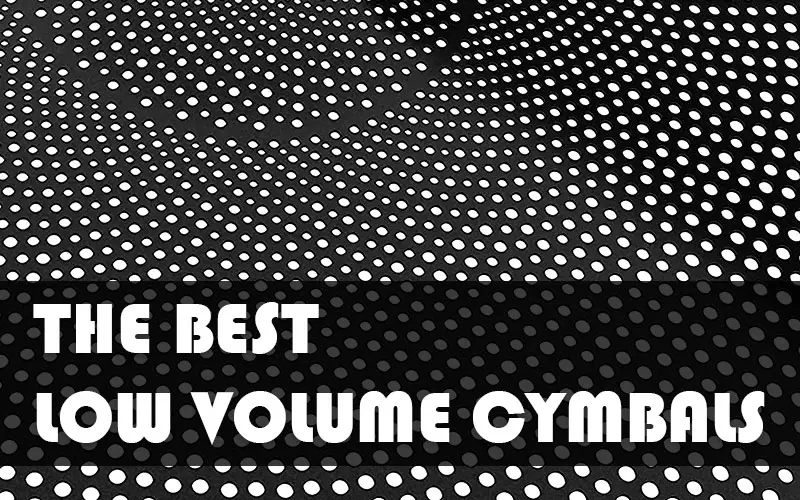Both drum mutes and mesh drum heads can be good options for lowering the volume of your drum kit. There are some differences between the two, however, that might sway drummers one way or the other when making a decision on which to use.
Ease of Use
One thing to consider is how much work it is to install mesh drum heads versus using drum mutes.
Usually drum mutes can be installed in a matter of minutes, and they attach or lay on top of your existing drum heads and cymbals. For example, if you are putting drum mutes on your snare and toms, you’re basically just laying the mute on top of the drum head. Putting mutes on cymbals involves just removing the wingnuts on the cymbal stand so you can install the mutes on the top of the cymbals. Kick drum mutes usually latch pretty easily onto kick drums. And it’s just as easy to remove them all when you are done using them.
Mesh drum heads require removing all your existing drum heads and replacing them. You’ll also need to take time to adjust the tension of the mesh heads around the kit after installation to dial in your preferred feel. And when you want to switch back to your normal drum heads, you’ll need to reinstall all of them and tune them again as well. This can be pretty time consuming if you need to switch a lot.
Mutes Cover Cymbals and Drums, Mesh Heads Only Apply to the Drums
If you decide to use drum mutes, you can find mutes that will cover all of your drum heads and cymbals. This solves the noise problem all the way around the kit with one solution.
Mesh drum heads only solve half of your noise problems since you’re still left with the cymbals to deal with. One common solution is to use low volume cymbals along with mesh drum heads. Another solution could be to use cymbal mutes along with mesh drum heads.
Mesh Heads Feel Better to Play
In terms of playing drums, I find mesh heads to be more enjoyable to play. They are very quiet, but they still can feel much more like a playable drum head than a drum mute often will. Drum mutes tend to feel like practice pads. You can also find mesh drum heads that retain more playable tone than a drum mute will offer while also being quiet, such as the Evans dB One or RTOM LV drum heads.
Low volume cymbals can also feel better to play than normal cymbals with mutes attached. The mutes will change the rebound and feel of the cymbals, whereas low volume cymbals will still feel like cymbals during play.
Drum Mutes Are More Affordable
A set of drum and cymbal mutes will cost less than a set of mesh drum heads and low volume cymbals. If you need an affordable low volume drumming option, mutes can be a good place to start because of the price difference. You can always start with mutes and switch to mesh heads or low volume cymbals later on.
Which Option Should You Use?
Drum mutes are the way to go if you need to be able to quickly switch back to your normal volume drum heads and if you will spend more time using a full volume drum kit. They can be a good quick option to get some low volume practice sessions in when needed, but might not be ideal if you intend to spend most of your time with a low volume drum kit. They are also more affordable, so if budget is an issue they will be the cheapest solution.
Mesh drum heads are better for drummers who intend to spend more time on a low volume drum kit or if you’ll be permanently leaving your kit in low volume mode. They can also be a better option if you are picky about feel and playability. Mesh heads can be more expensive though and you’ll still need to get mutes for your cymbals or use low volume cymbals to fully reduce the drum kit volume.
Personally, I prefer mesh drum heads with low volume cymbals over drum mutes, but both certainly have their place depending on your situation and budget.

